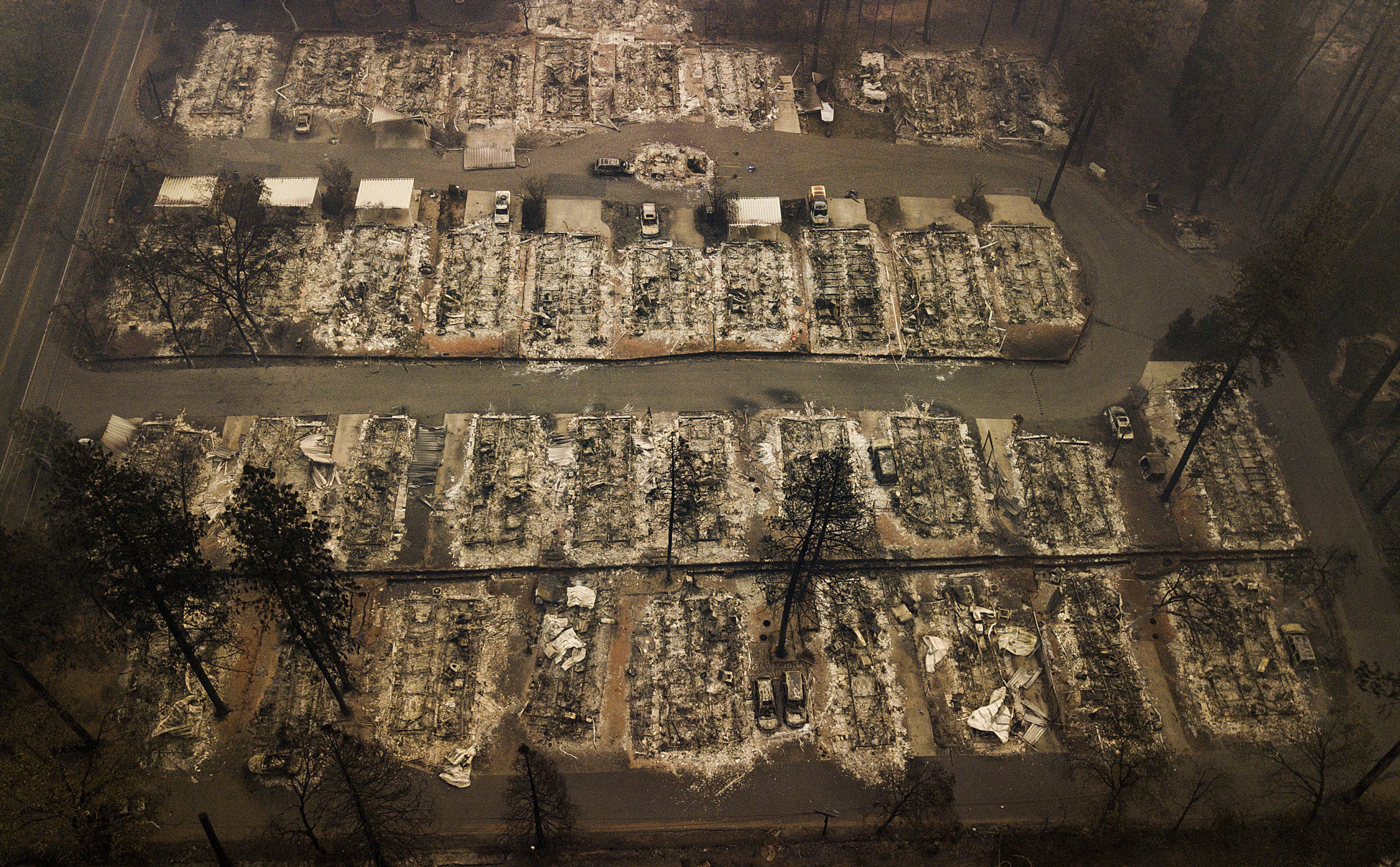Introduction
Naturally occurring forest fires are necessary for a diverse and resilient ecosystem. However, global warming has exponentially increased the frequency and severity of fires and storms. A notable case of unnatural fire was sparked by power-lines in California 2018, triggering the deadliest and most destructive case in state history. Thankfully, new satellite and AI technology is ready to leapfrog how infrastructure is secured.
The new normal
As a small comfort, the coronavirus will prompt the largest ever annual fall in global CO2 emissions. However, the overall positive effect is negligible, in fact, 2020 is on track to be the warmest year in recorded history.
Extreme weather is the new normal. 2019 was the year of mega-fires; in Amazon, Indonesia, Siberia, Alaska and Australia, forests were ablaze. For example, the Australia one alone released around 900 million tons of carbon dioxide into the atmosphere. In comparison, this is equivalent to nearly double the continent’s total yearly fossil fuel emissions.
We live in times of exponentiality, for good and bad. Startups and investors are chasing exponential growth. Artificial Intelligence is advancing faster and faster. Meanwhile, infrastructure struggles with the increasing demand along with resisting droughts, flooding, super-storms and mega-fires.

Residences leveled by the Camp Fire line in Paradise,California. The California Department of Forest Fire Protection said that the wildfire that destroyed the town of Paradise is now 40 percent contained. (AP Photo/Noah Berger)
“The greatest danger in times of turbulence is not the turbulence; it is to act with yesterday’s logic.”
– Peter Drucker
The old solution
Utility companies are required to regularly inspect infrastructures such as powerlines to keep them safe from growing or falling vegetation that could be ignited or cause damage. This process is traditionally done with gasoline-thirsty helicopters and large drones operated from nearby trucks. In situations when inspections are needed the most, for example after a severe storm, high demands would drive drone and helicopter inspectors’ prices to skyrocket.
However, power-line damages and outages happen so often that insurance companies won’t insure them. In addition, governments usually issue hefty fines for downtime so utility operators need to keep a huge stormy-day-fund for compensations and repairs.
The new solution
Spacept is the Swedish startup with an AI-powered sustainable solution that is several times more affordable than the market’s competition. Furthermore, the solution offers lightning fast service anywhere on the globe and requires zero carbon emission. We make this possible through leveraging fresh satellite images and letting Spacept’s proprietary AI solution automatically make three dimensional proximity threat assessments.
“Adaptability just became the most desired business skill, things will never again transform as slow as today.”
The pain of disruption
So why isn’t Spacept technology already the gold standard for inspecting everything from powerlines and railroads to pipelines and highways?
Because adapting to change is hard, even more painful when the change is exponential. A couple of years ago, satellite network providers and computer vision AI were insufficiently mature. Today, utility companies can ground drones and helicopters, unscalable technologies that operated reliably for decades.
The obligation to change
Forget IQ. In 2020, a workforce with a strong Adaptability Quotient (AQ) can be the differentiator between growth and bankruptcy. When you stop getting better, you stop being good. As a business leader, it is crucial to embrace new technology faster, even if it disrupts your current operations. Otherwise someone else will.
Ref. The Guardian, Bloomberg, NBC News, The Guardian, The Verge, GreenBiz
Learn more about Spacept
Spacept is a Swedish startup with solutions that lie at the intersection of infrastructure inspection and climate change management.The solution aims to modernize infrastructure inspection by fusing machine learning techniques and satellite imagery together, providing key insights to infrastructure operators.
Our main product is an inspection solution for above-ground transmission and distribution lines, but we also have other products for oil and gas pipelines, street lights, railways, buildings, and roads.
Our trailblazing work in Geographic Information Systems (GIS) has been recognized by Copernicus, the European Space Agency (ESA), Digital Tech 50 (DT50), the Swedish government, Google’s SDGs Startup Accelerator, and Oslo’s Innovation Week.
Our technological expertise has led Spacept to become one of the most innovative Swedish based AI companies at Futurology and one of the most promising companies impacting the ASEAN energy ecosystem in Initiate’s Future of Energy Start-up Challenge in Asia.

